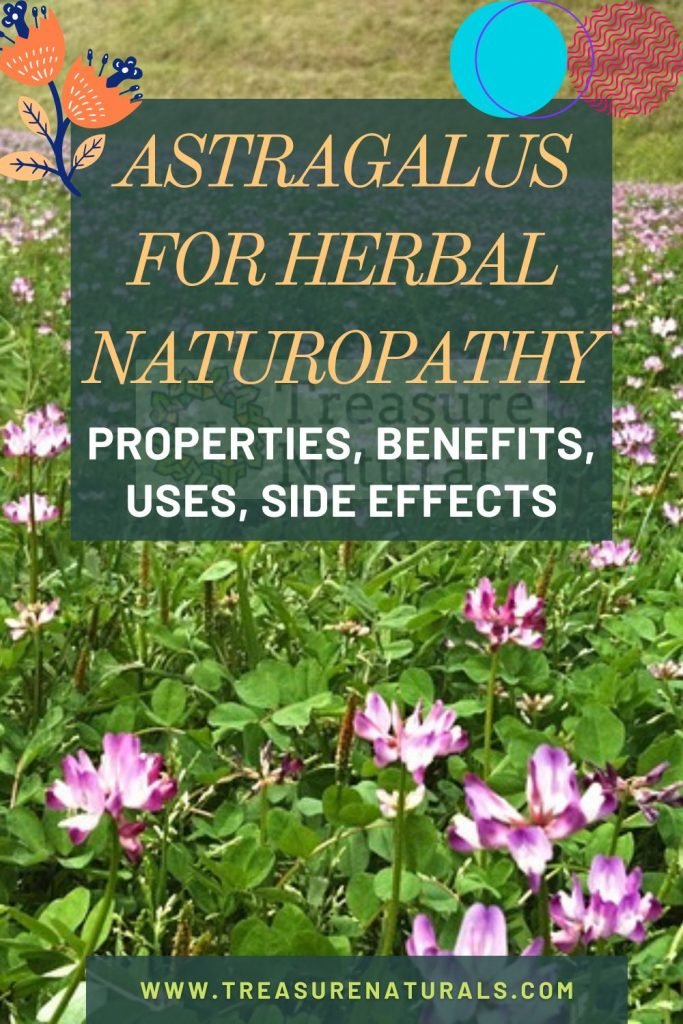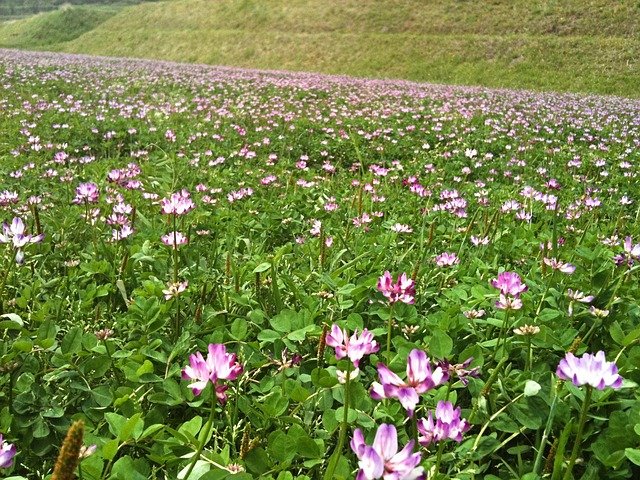
Astragalus root is used in traditional Chinese and Western medicine for its adaptogenic and immunostimulating properties.
Astragalus (Astragalus membranaceus and Astragalus mongholicus) is a plant of the Fabaceae family. Known for its immunostimulating and adaptogenic properties, it is useful for supporting the body’s defenses. Let’s find out better.
Properties of astragalus
Astragalus is a plant used since ancient times for its healing properties. It is a remedy known in Traditional Chinese Medicine, which considers it the best plant capable of stimulating Qi, the vital force of the organism.
Among the properties of astragalus we find the one:
- Anti-inflammatory;
- immunostimulant;
- tonic;
- adaptogen.
The use of astragalus in herbal medicine and phytotherapy is justified by the presence of triterpene saponins, flavonoids and polysaccharides known for their immunomodulating, antioxidant and anti-inflammatory action.
The polysaccharide fraction is among the components most responsible for the benefits of astragalus since it is able to stimulate the immune system by activating, among others, B lymphocytes, macrophages, NK cells.
Astragalus-based preparations are therefore recommended to stimulate the immune system and strengthen the body’s natural defense mechanisms against viruses that cause the most common colds (cold, cough, fever),but also on those responsible for more serious diseases such asavian influenza and hepatitis B.
Thanks to its adaptogenic properties, astragalus is also a useful remedy against tiredness, fatigue and stress, since it helps the body to better respond to particularly demanding periods from a physical or mental point of view.
Although it is a tonic remedy, this plant could also promote sleep; in particular,astagalus for insomnia would be indicated when sleep disorders are due to excess stress.
Astragalus is used the roots collected from plants of four or five years that are then used for the preparation of extracts titrated in polysaccharides.
How to use
Mother tincture of astragalus
2-4 milliliters of diluta in water to be taken three times a day between meals in case of flu, fever, cough or cold;
Astragalus extracts
Up to 2 grams per day of dry extract standardized in astragalosides (triterpene saponins) or polysaccharides.
The most widely used preparation is the mother tincture and often astragalus is associated with other immunostimulated drugs for the treatment of influenza.
Astragalus works for example well in synergy with schisandra, eleutherococcus and rhodiola or even with echinacea and licorice.
To reduce fatigue in periods of high stress, it is instead associated with sage root.
Side effects of astragalus
Astragalus is a well-tolerated remedy, although in some cases its intake can provoke gastrointestinal disorders, especially diarrhea. In addition, taking astragalus can lead to an increase in blood pressure and blood sugar.
Contraindications of astragalus
The use of astragalus is contraindicated in case of hypersensitivity to one or more components, in pregnancy and during lactation. The intake of preparations containing astragalus are also not recommended when following therapies with immunosuppressive and chemotherapy drugs, with which this remedy may interfere.
Description of the plant
The astragalus plant is a perennial herbaceous that can reach 40 centimeters in height. The root is cylindrical, unbranched and flexible. The epidermis of the root is hard and wrinkled, and the color varies from grayish yellow to brown, while the inner pulp is woody and yellowish brown.
It has branched stems and the leaves are imparipinnate, alternate and elliptical. The flowers are gathered in raceme inflorescences, and the fruits are pods that enclose the seeds.
Habitat of astragalus
Native to the Far East and China in particular, it is widespread in all temperate zones of the northern hemisphere. It grows in grassy places, deciduous forests from 100 to 1,400 m. of altitude
Background

The properties of astragalus have been exploited since ancient times in Traditional Chinese Medicine and in the Western world as an anti-inflammatory and immunostimulating remedy in cooling diseases and to support the body in times of great stress and fatigue. In Chinese folk medicine it is considered the best adaptogenic drug of Qi, which represents the life force of every organism.
In the Chinese pharmacopoeia astragalus is idicato to treat immunodeficiency, fatigue, gastrointestinal disorders, loss of appetite, wasting, ulcers and pulmonary edema.
In China the plant is called “huangqi”, while in Japan it is known as “ogi” and in Korea as “hwanggi”. The name astragalus refers instead to a bone of the foot: the homonymy is probably due to the shape of the flowers of the plant, which resemble heels.






